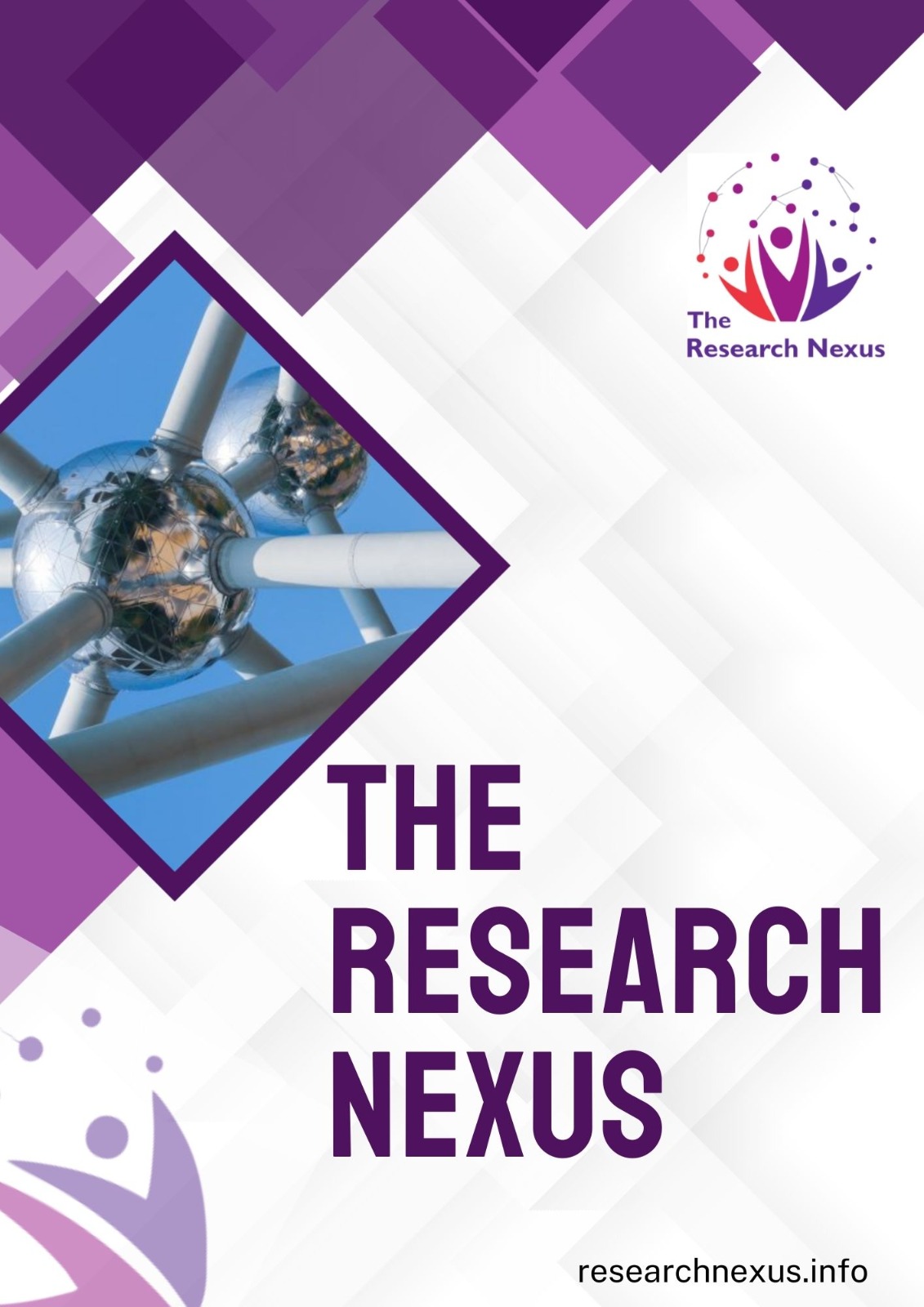BIOMASS-DERIVED CARBON ELECTRO-CATALYSTS FOR SUSTAINABLE OXYGEN, WATER, AND CO₂ CONVERSION
Keywords:
Biomass, Electro-catalyst, Carbon dioxide reduction, Oxygen reduction, Hydrogen evolution, Heteroatom doping, SustainabilityAbstract
Introduction: The demand for cost-effective, sustainable electrocatalysts in clean energy applications has driven interest in biomass-derived carbon materials. These precursors offer inherent heteroatoms and hierarchical structures, making them promising candidates for multifunctional electrocatalysis, including ORR, HER, OER, and CO₂RR.
Objective: This study aims to develop high-performance carbon-based electrocatalysts from biomass using heteroatom doping and structural engineering to enhance activity across key energy conversion reactions.
Methods: Biomass was hydrothermally carbonized and pyrolyzed at various temperatures with nitrogen and phosphorus dopants. The resulting materials were characterized using SEM, TEM, XRD, Raman spectroscopy, and BET surface area analysis. Electrochemical performance was evaluated via linear sweep voltammetry, chronoamperometry, and EIS in both alkaline and neutral media.
Results: The N,P-co-doped biomass-derived carbon catalysts exhibited excellent performance, with an onset potential of 0.91 V (vs. RHE) for ORR and a near-ideal four-electron pathway. For HER, an overpotential of 112 mV was required to reach 10 mA cm⁻², while OER achieved the same current at 1.51 V. In CO₂RR, the catalyst showed 89% Faradaic efficiency for CO production with notable stability. Enhanced performance was attributed to synergistic doping, high surface area, and porous structure.
Conclusion: This work highlights a scalable, eco-friendly approach to producing multifunctional electrocatalysts from biomass, advancing the development of sustainable energy conversion technologies.




